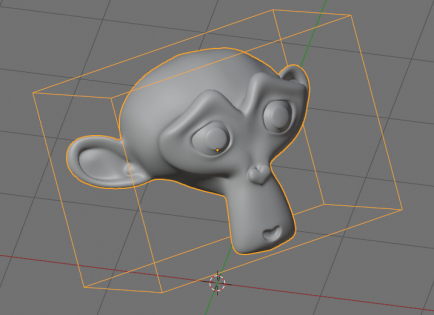Path to Blender Python executable
To get the path to the Python interpreter executable file in Blender, we need to check the “bpy.app.binary_path_python” variable.
To get the path to the Python interpreter executable file in Blender, we need to check the “bpy.app.binary_path_python” variable.
TensorFlow is an open-source library for creating and training neural networks by Google.
It can be installed into Blender using the pip package installer.
The Bounding Box is a rectangular box, circumscribed around all vertices of the mesh. Usually, Bounding Box is used for
fast calculations of the physical object’s interaction, for example, collisions.

Packages Plus – Blender 3D add-on for installing and managing additional Python packages.
To display an icon next to a property, text label, or on the operator button in the UI, we need to specify its identifier in the “icon” or “icon_value” parameter. But not all types of icons have their identifiers known in advance. For example, we cannot predefine the icon’s identifiers for procedural textures and materials because they are generated at runtime.
To get the identifier of such a dynamic icon, we can use the “icon” method of the “UILayout” class.
We can install additional python module packages to Blender, which are not installed by default, with pip. However, if we use Windows 10, the python interpreter installs new packages not into the Blender installation directory, but into the personal user directory.
Installing Python packages with pip in Blender on Windows 10Read More »
The Eclipse IDE, like PyCharm, and Visual Studio Code, is one of the most popular IDEs for development, including Blender add-ons development. To improve the convenience of developing Blender add-ons in the Eclipse IDE, we can add an autocomplete to it – the code completion for the Blender Python API.
By the Pavel Geraskin tips.
Autocomplete for developing Blender add-ons in the Eclipse IDERead More »
To get the current active collection through the Blender Python API we need to access it through the “view_layer” layer.

The easiest way to split the user interface into several visual groups is to registers several separate panels in the Blender Python API and merge them by setting the same “bl_category” parameter. In this case, we get some arranged vertically panels, which can be independently collapsed and expanded.
